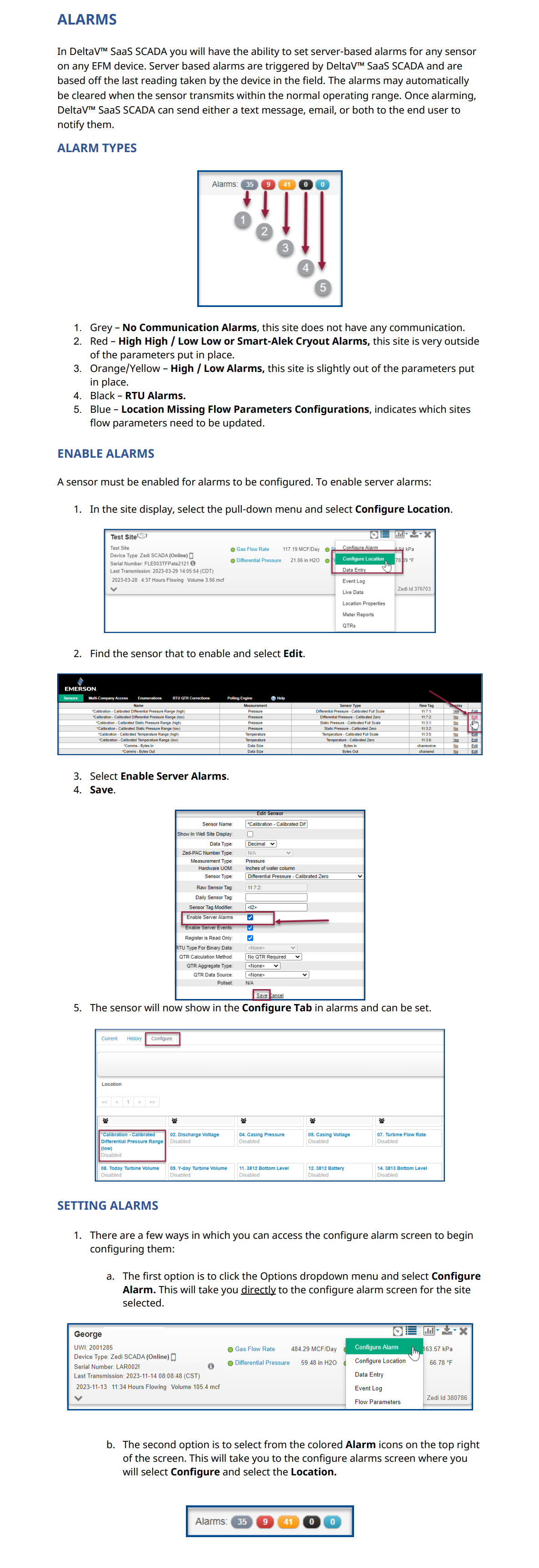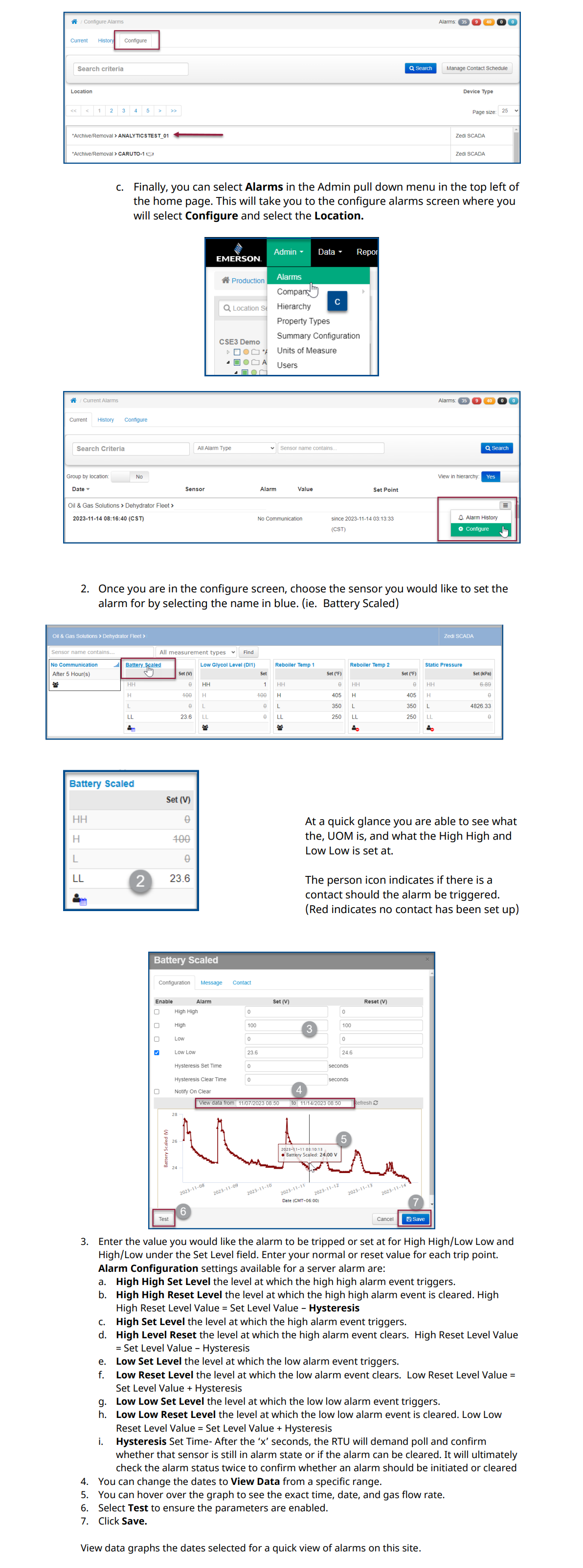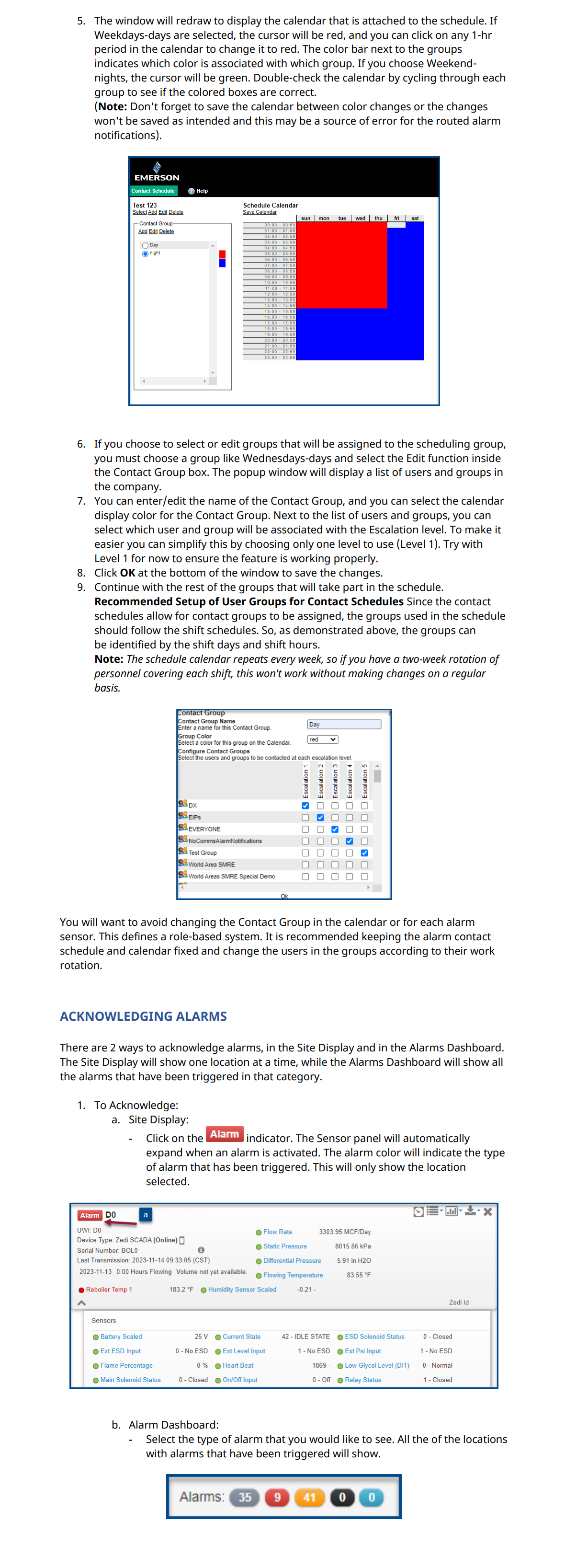Overview Alarms
Last modified:
Video: DeltaV SaaS SCADA Basic Alarms.mp4






☁️ DeltaVSaaS.Support@Emerson.com | 📞 866 732 6967 | 🌐 Global Support

What do you want to know today?
Last modified:
Video: DeltaV SaaS SCADA Basic Alarms.mp4






☁️ DeltaVSaaS.Support@Emerson.com | 📞 866 732 6967 | 🌐 Global Support